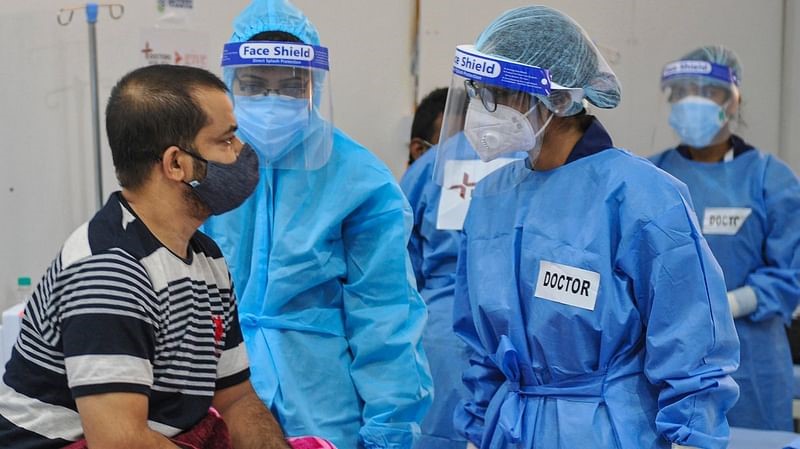
Cambridge University predicts 'short' COVID surge in India starting this week

The University of Cambridge, which had predicted the devastating second COVID wave in India early this year, has once again estimated a short surge in cases in the coming week, which may not last long but spread rapidly.
Paul Kattuman, a professor at Cambridge, has developed a COVID-19 India tracker. He said “the intense growth phase will be relatively short”. The professor, however, refrained from predicting the highest daily case count.
On December 24, Kattuman’s India tracker zeroed in on six states of “significant concern” where the daily positivity rate may go up by 5%. By December 26, this number had gone up to 11 states.
Also read: Rise in active & fresh Covid cases in Maharashtra alarming: state health minister
According to the Union Health Ministry, on Wednesday (December 29) morning, India’s Omicron case count stood at 781. With 9,195 new Covid-19 cases, the country’s active caseload rose to 77,002, the government data stated.
While the country plans to roll out booster shots for the elderly with associated comorbidities, the Union Health Ministry clarified that persons aged 60 and above do not need to produce any certificate from a doctor to qualify for the dose. Recently, the Centre gave its nod to booster shots for people 60 and above and teenagers aged 15 to 18.
Additionally, the DGCI approved two more vaccines and antiviral pill molnupiravir, developed by Merck & Co. with partner Ridgeback Biotherapeutics LP.
Meanwhile, the Indian SARS-COV-2 Genomics Consortia, INSACOG, claimed that globally there appears to be significantly reduced ability of vaccines or prior infection to protect against symptomatic infection by the Omicron variant.
There is now clear experimental and clinical data supporting very high immune escape potential of Omicron, but initial estimates show the severity of illness being lower than what was seen in previous outbreaks.
Whether these initial observations are generalisable to older non-immune subjects is not clear and the threat level is still considered high.
(With inputs from agencies)

